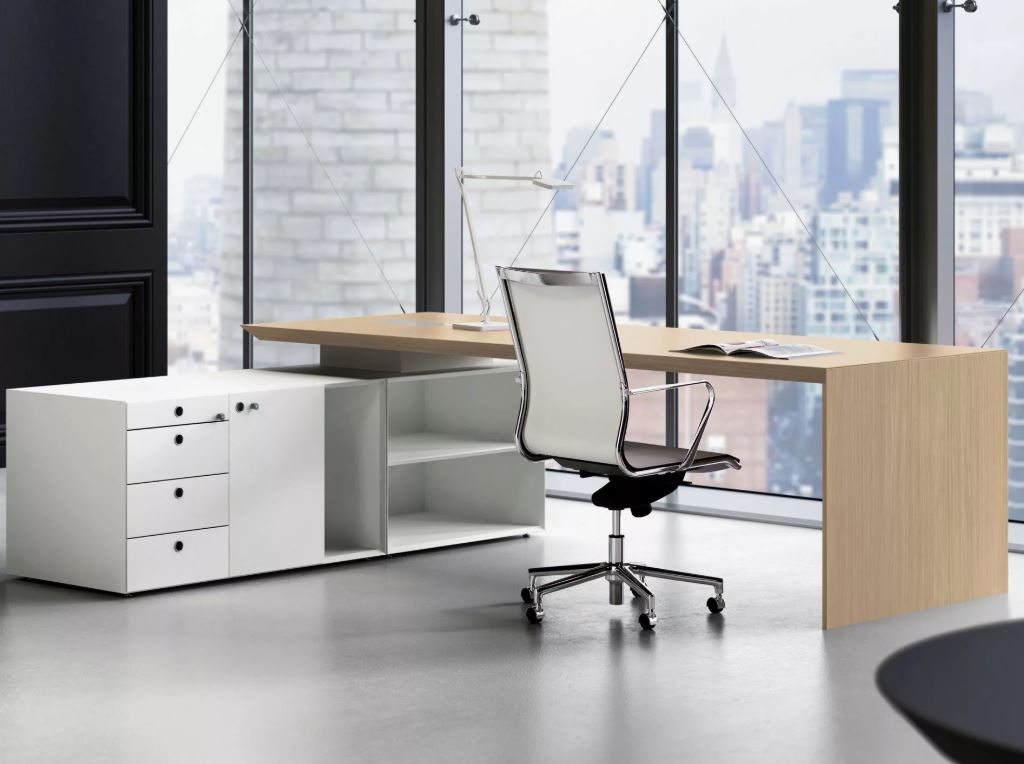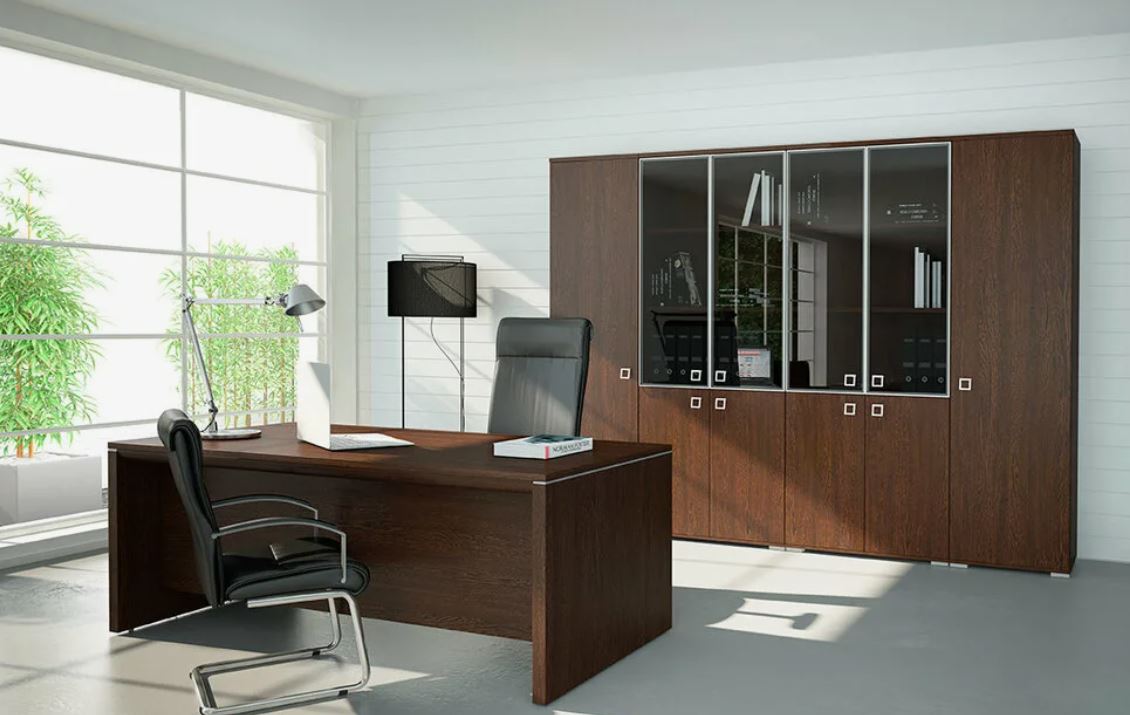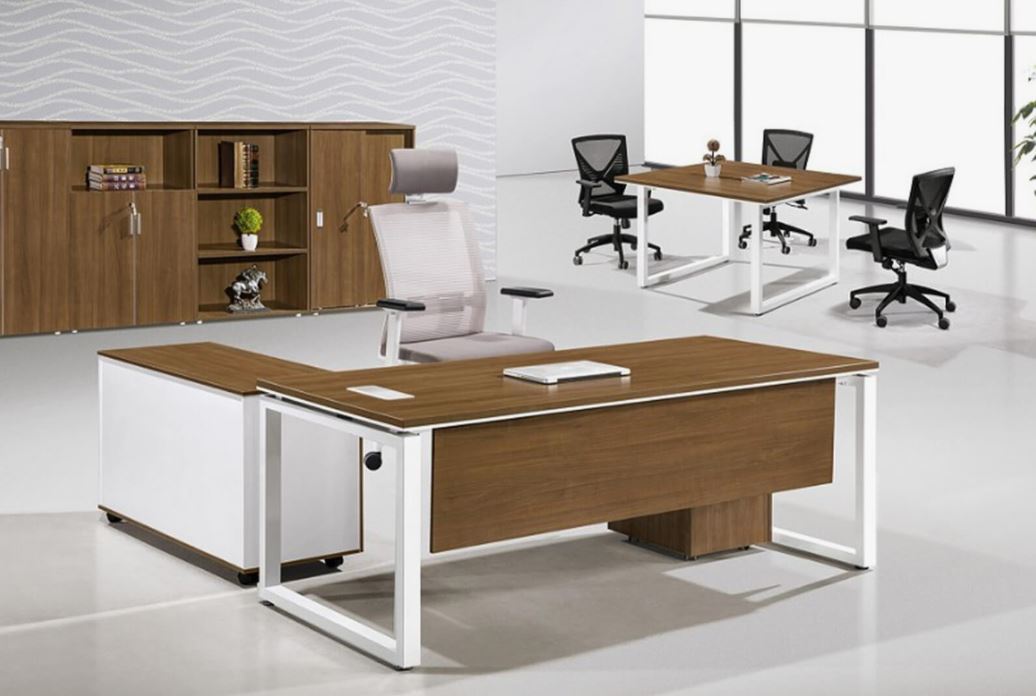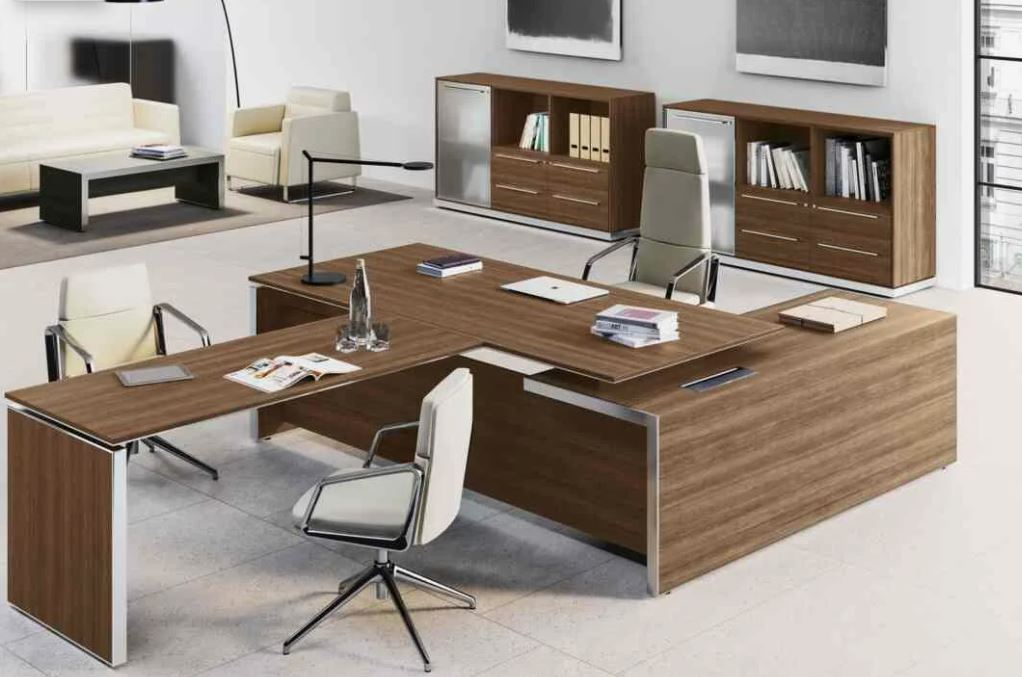Transforming Productivity and Aesthetics with the Right Office Furniture

The role of office furniture in shaping the work environment has evolved drastically over the years. No longer just functional tools, office furniture pieces now contribute to the overall aesthetics, comfort, and productivity of a workplace. As businesses recognize the connection between workspace design and employee performance, investment in thoughtfully designed furniture has become a priority. From ergonomic chairs that support long working hours to collaborative desks that encourage teamwork, every element in the office influences workflow, morale, and even company culture. With the shift toward hybrid work models, selecting the right combination of furniture that serves both aesthetics and practicality has become more essential than ever before.
Ergonomics: The Backbone of Productive Workspaces
When it comes to office furniture, ergonomics should be a primary consideration. Office chairs and desks designed with ergonomic principles help reduce physical strain and prevent health issues like back pain, eye fatigue, and carpal tunnel syndrome. Adjustable chairs with lumbar support, sit-stand desks, and monitor arms are examples of furniture that adapt to the needs of individual users, promoting healthier work habits. Beyond physical health, ergonomic setups also enhance mental well-being by reducing discomfort and distractions, which can significantly improve focus and efficiency. Companies that prioritize ergonomically designed furniture often see a decline in absenteeism and an uptick in employee satisfaction and retention.
The Rise of Modular and Flexible Office Furniture
Modern workspaces are increasingly adopting modular and flexible furniture solutions. These pieces are easy to move, reconfigure, or expand based on changing team sizes or project requirements. Modular office desks, stackable chairs, and mobile storage units support agile working and dynamic team interactions. As companies transition between remote, hybrid, and in-person models, having furniture that adapts quickly without major costs becomes invaluable. Open-plan offices benefit especially from such designs, enabling organizations to change layouts on short notice. Moreover, this flexibility fosters collaboration by breaking down physical barriers between departments and facilitating more spontaneous communication.
Aesthetic Appeal and Branding through Office Furniture Design
Office furniture also plays a crucial role in reflecting an organization’s brand identity. The choice of colors, materials, and layout design can communicate the company’s values, culture, and personality. Sleek and minimalistic furniture may signal innovation and efficiency, while warm tones and wooden textures may reflect hospitality and creativity. Reception areas with signature pieces or break rooms with comfortable seating can leave a lasting impression on clients and visitors. Integrating company colors and logos subtly into office furniture designs enhances brand consistency and visual coherence throughout the workspace. This attention to detail not only boosts company pride among employees but also reinforces trust and professionalism among stakeholders.
Storage Solutions that Combine Function and Style
Efficient storage solutions are another critical component of office furniture planning. Filing cabinets, under-desk pedestals, overhead compartments, and wall-mounted shelves help maintain an organized work environment. However, modern storage options go beyond functionality to include aesthetic appeal. For example, modular shelving units can double as space dividers, while credenzas and cabinets in sleek finishes can enhance the look of executive offices. A tidy office not only increases productivity by reducing clutter and distractions but also ensures that sensitive documents and valuable equipment are stored securely. When employees have easy access to tools and documents, task efficiency naturally improves.
Sustainability and Eco-Friendly Furniture Choices
Sustainability is a growing concern for businesses worldwide, and office furniture is no exception. Eco-conscious organizations now look for furniture made from recycled materials, responsibly sourced wood, and low-VOC finishes. Many manufacturers offer sustainable certifications that validate the environmental friendliness of their products. Additionally, investing in durable, high-quality furniture minimizes the need for frequent replacements, reducing waste and long-term costs. Some companies even explore refurbished or upcycled furniture to reduce their carbon footprint. Not only does this align with corporate social responsibility goals, but it also appeals to environmentally conscious employees and clients alike, strengthening the brand’s ethical image.
Office Furniture and Employee Collaboration
Collaboration is central to today’s workplace culture, and the layout and furniture can significantly influence how employees interact. Shared workstations, standing meeting tables, and lounge-style seating areas encourage informal interactions and brainstorming sessions. Instead of traditional conference rooms, many offices now incorporate huddle spaces with comfortable furniture to spark creativity. These collaborative zones help break hierarchical boundaries and promote a culture of openness and innovation. With thoughtfully designed office furniture, companies can create spaces that support both concentration and teamwork, giving employees the freedom to choose environments that best suit their tasks.
Adapting Furniture for Remote and Hybrid Work
As hybrid work becomes the norm, office furniture is adapting to new demands. Employers are setting up satellite offices, hot-desking zones, and even supporting employees with ergonomic home office packages. Foldable desks, portable laptop stands, and compact storage solutions are ideal for smaller home spaces. Additionally, shared office furniture like lockers and booking systems for desks ensure smooth transitions between remote and in-office days. By providing quality furniture both at home and in the office, companies demonstrate their commitment to employee comfort and performance, regardless of location. This approach not only increases loyalty but also improves overall work output.
Smart and Tech-Integrated Furniture Innovations
Technology has made its way into office furniture in fascinating ways. From desks with integrated charging ports and cable management to conference tables with built-in video conferencing tools, smart furniture is revolutionizing workplace functionality. Height-adjustable desks with programmable settings, LED-lit workstations, and sensor-based occupancy furniture are just a few examples. These advancements streamline daily tasks and reduce workplace friction. As the demand for more connected work environments grows, tech-integrated furniture is no longer a luxury but a necessity for maintaining a competitive edge in business operations and employee satisfaction.
Conclusion
In today’s fast-evolving work landscape, office furniture is no longer just about providing a desk and a chair. It’s about creating an environment that nurtures productivity, supports wellness, adapts to flexible workstyles, and reflects the company’s identity. From ergonomic designs to tech-ready solutions, every detail counts. Businesses that invest in high-quality, well-thought-out furniture are setting themselves up for long-term success. Whether you’re redesigning a corporate headquarters or setting up a home workspace, the right choices can make a profound impact. For expert advice and top-tier selections, trust office furniture to provide solutions that align perfectly with your goals.








